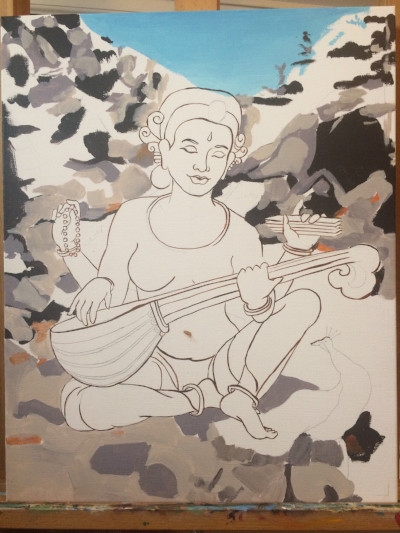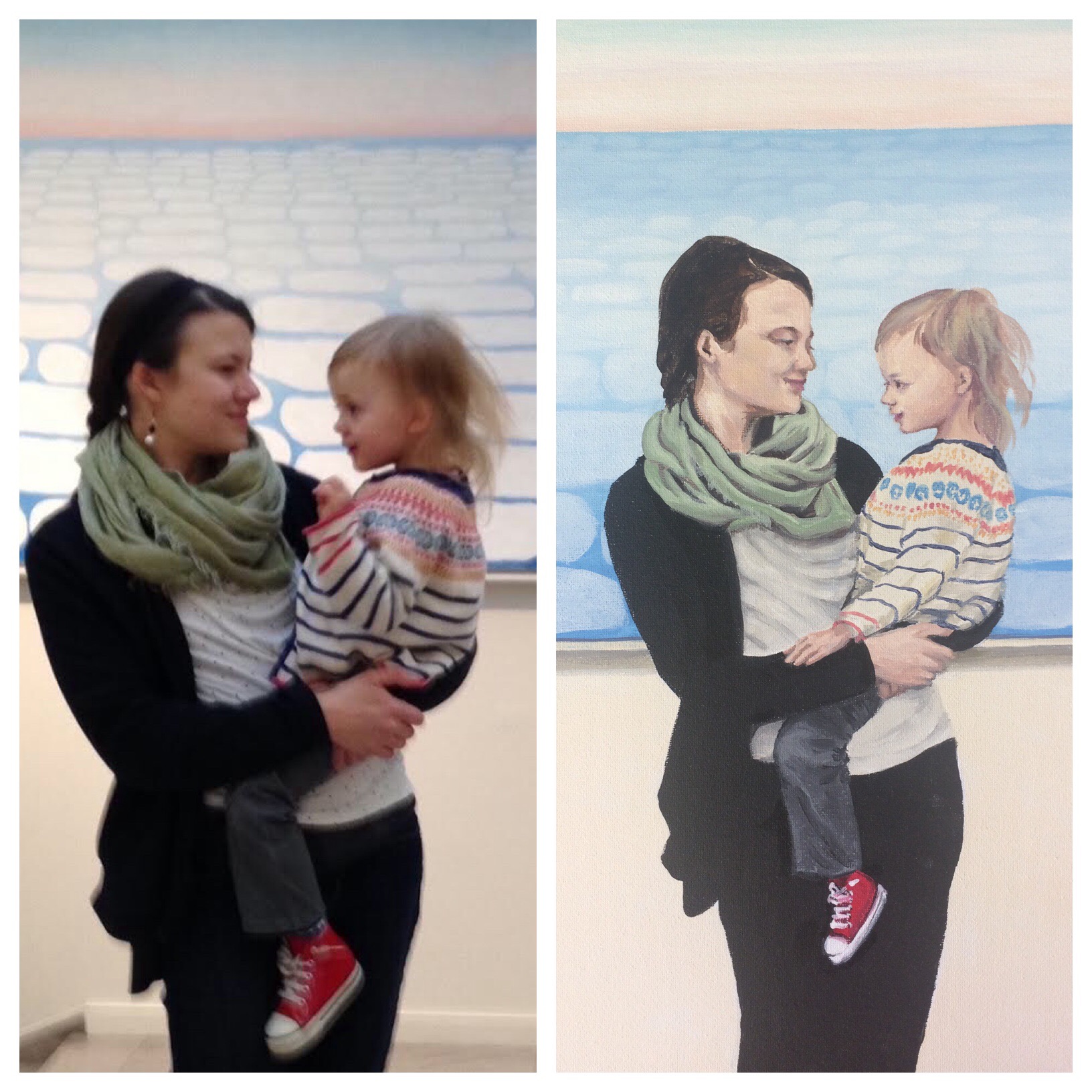After years of working on art, I realize I am not a genius. It’s ok to be a little slow. Sometimes the only way I can get something done is to do it slowly. With my cello students, we slow down the challenging parts until the rough edges wear down and things are more polished. If things are not clear, I can slow down and pay closer attention. The speeding up happens in a natural way when I’m ready.
Sometimes time slows down. Especially when doing something new. So many new neural connections happening - my brain is stretched! I can only bite off little pieces - an hour here, two hours there. I try to visit my work often throughout the week and keep the momentum.
Slow grows. There’s a slow accumulation of time and energy that builds into something great. Over time, the new and challenging things become skills at the ready. And the snowflake has become a rolling snowball gathering momentum. I look around my studio and feel grateful this body of work now exists!
How do you go slow and grow?


















